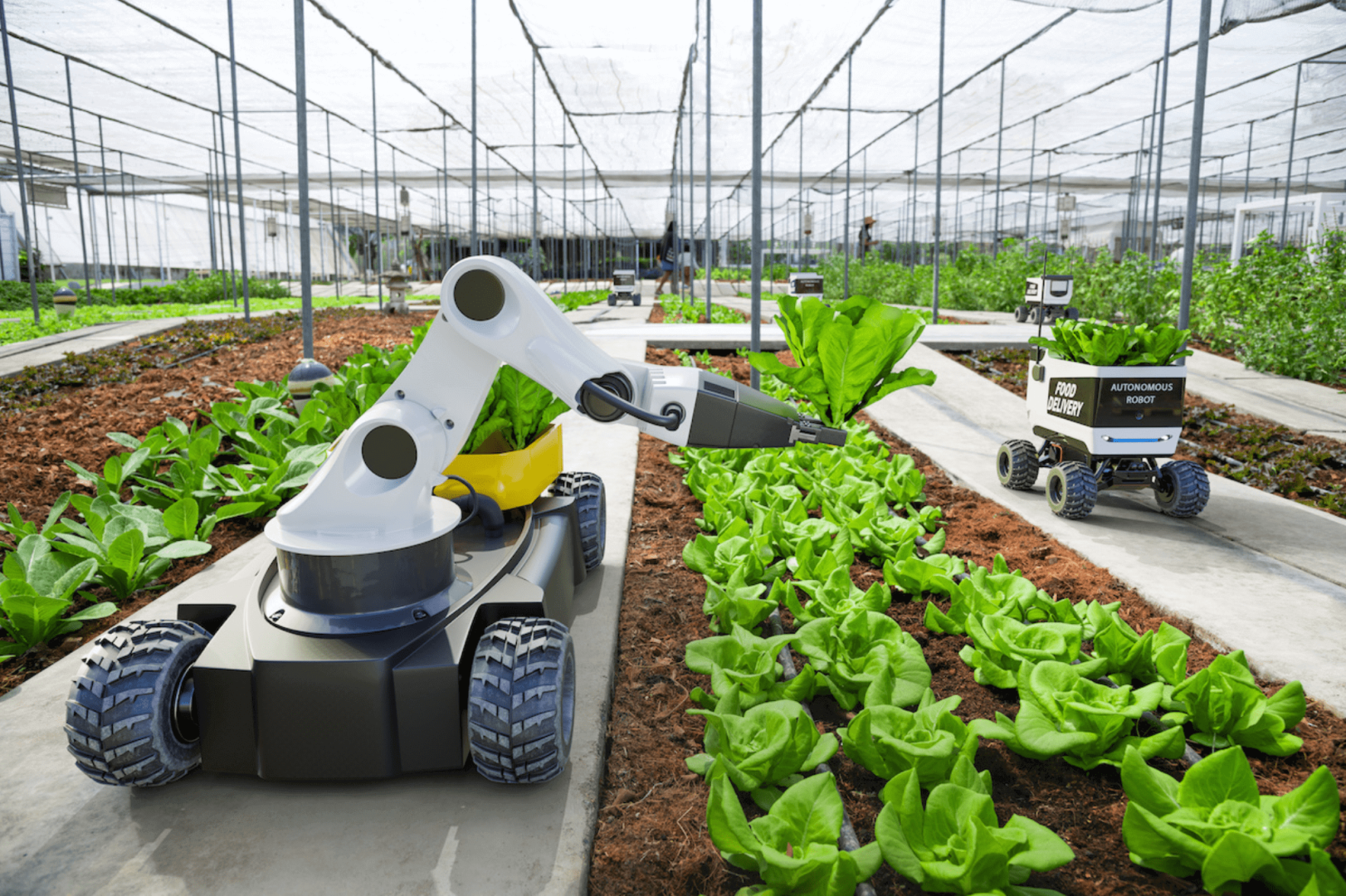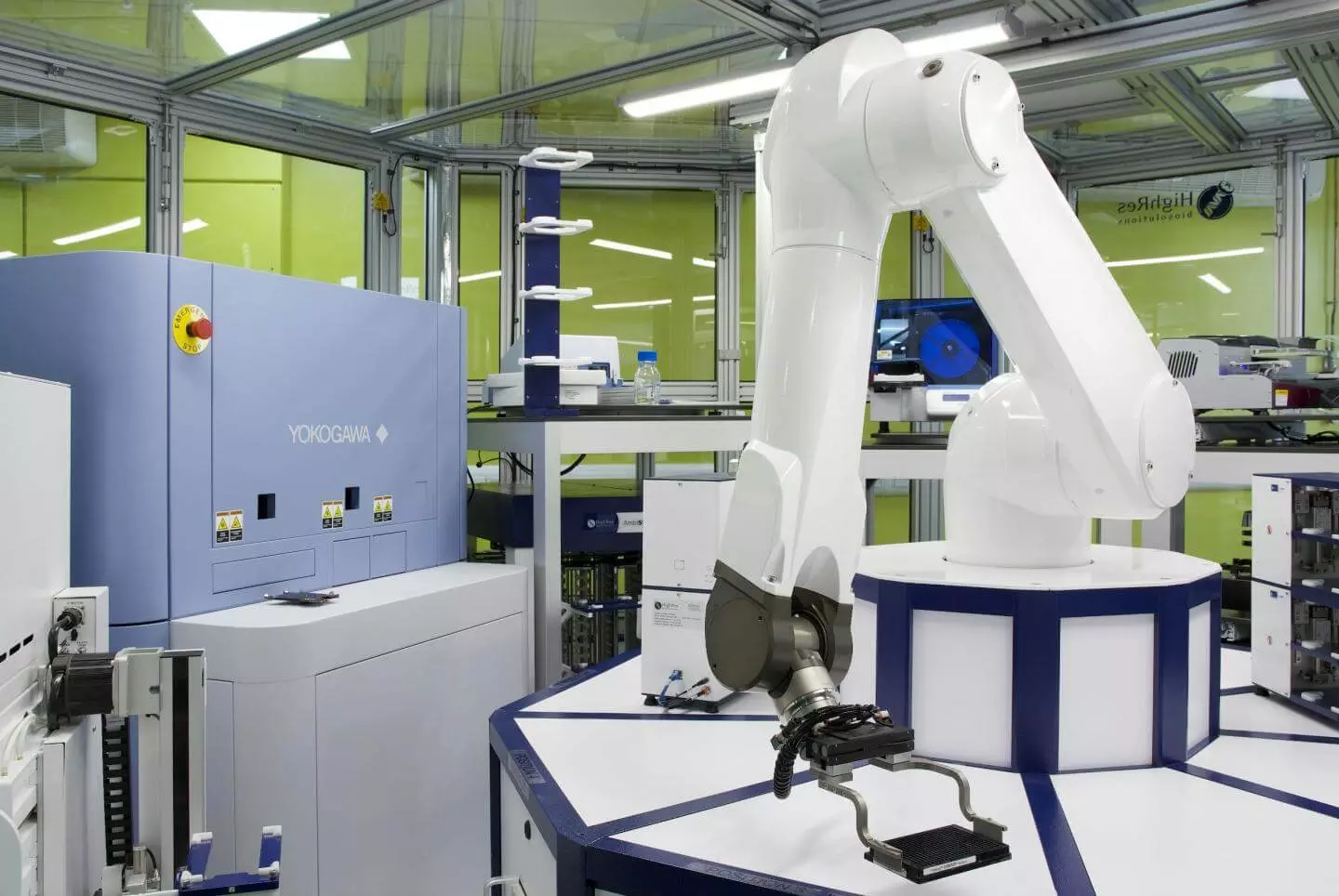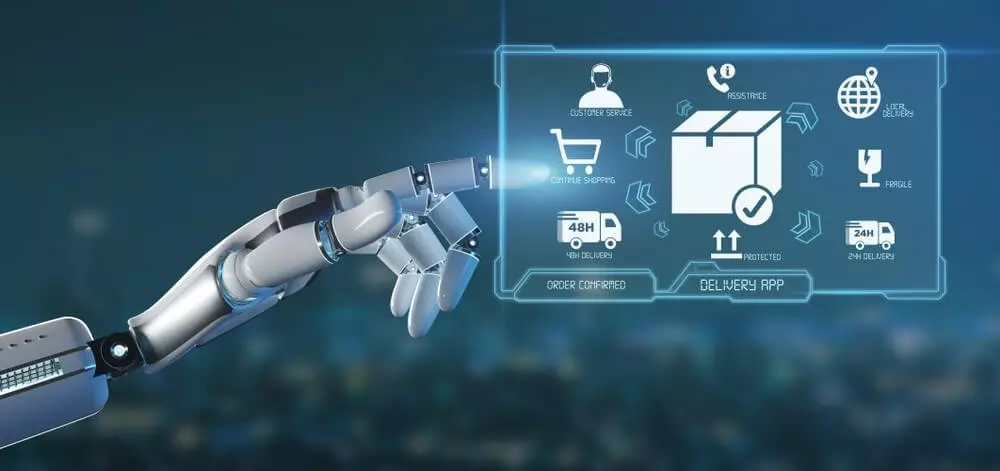Comments
- No comments found

Smart robots are designed to perform tasks with more efficiency and accuracy, increasing productivity and reducing human error.
It was once considered science fiction to have machines that could operate autonomously, mimicking human intelligence and performing tasks efficiently and accurately. However, with the advancement of modern technology, that fantasy has become a reality. We are witnessing the rise of smart robots - machines capable of performing complex tasks, making decisions and learning from experience. But how did it all emerge? It started when the development of industrial robots paved the way for the development of smart robots several decades ago. These machines were created to perform repetitive and mundane factory tasks, increasing productivity while decreasing the risk of human error. But what makes robots “smart”?
When talking about smart robots, it's important to remember that the term doesn't just refer to highly advanced artificial intelligence systems like those seen in science fiction movies. Instead, the definition of a smart robot is much broader and includes devices that may not appear to be "smart" at first. A smart robot is a machine capable of taking action and making decisions. These decisions are influenced by the intelligence embedded within the robot through machine learning or deep learning and the information it receives from its input sensors while in operation. In other words, an intelligent robot utilizes pre-existing knowledge and real-time data to make informed choices. Once the robot has been built and its software has been written, it can operate autonomously without human intervention. However, to become “smart”, technology had to go through several generations.
Robot evolution can be divided into five generations, each building on the previous generation's advances:
First-generation robots: These were simple machines designed for industrial manufacturing in the 1950s and 1960s. They could only perform repetitive tasks and had limited sensing abilities.
Second-generation robots: Developed in the 1970s and 1980s, these robots were more advanced and could perform multiple tasks. They also had improved sensing capabilities and could be programmed to deal with manufacturing process variations.
Third-generation robots: Developed in the 1990s and 2000s, these robots were intended to be more flexible and adaptable than previous generations. They had advanced sensing and control systems that allowed them to work in human-like environments and perform complex tasks.
Fourth-generation robots: These are the forerunners to intelligent robots. They were invented in the 2010s and used advanced artificial intelligence and machine learning algorithms to operate autonomously and learn from their surroundings.
Smart robots: These are the most advanced robots in development right now. They have advanced sensing, processing and decision-making abilities and the ability to learn and adapt to new situations. They can function autonomously and interact with humans in various settings, ranging from healthcare and education to manufacturing and logistics.
Robots have become increasingly intelligent and autonomous as these technologies have advanced, with the ability to learn from experience and adapt to new situations. Smart robots are the pinnacle of this evolution, aiming to revolutionize various industries and applications.

Although the applications of smart robots are diverse, ranging from providing directions and restocking shelves to performing hazardous welding tasks, smart robots are typically classified into six different categories:
AMRs (Automated Mobile Robots) navigate their surroundings and make quick decisions based on the information they receive. They collect data about their surroundings using various sensors and cameras. They can analyze this data and make informed decisions using onboard processing equipment. For example, they can move out of the way of an approaching worker, select the correct package or disinfect the appropriate surface. AMRs are mobile and require little human intervention to complete their tasks.
Unmanned Autonomous Vehicles (UAVs) are smart robots with advanced sensing, processing and decision-making capabilities. They have a variety of sensors, including cameras, lidar, radar and GPS, that allow them to perceive their surroundings and navigate autonomously. They analyze sensor data and decide the following actions using onboard processing equipment. UAVs can perform various tasks, including package delivery, land surveying, infrastructure inspection and emergency response. They can work in hazardous or difficult-to-reach areas and adapt to changing conditions.
Robotic arms and articulated robots are designed to mimic a human arm's movements and typically feature two to ten rotating joints. These machines are particularly suited for operations like arc welding, material handling, machine tending and packaging because additional joints or axes allow for greater mobility. They have sensors that allow them to detect and respond to changes in their environment, such as the presence of objects or the position of a component to be assembled. They can also receive input from external sensors like cameras or lidar to improve their perception of their surroundings. Articulated robots are programmed with instructions that allow them to perform specific tasks, but they can also adapt their behavior based on real-time data sensors.
Although several mobile humanoid robots could be classified as AMR, this term is typically reserved for robots with human-centered roles that often resemble humans. These robots employ comparable technology components to AMRs to detect, strategize and execute actions while completing tasks like giving directions or providing concierge services.
Cobots are specifically designed to work alongside or directly with humans in close proximity. Unlike robots operating autonomously or in isolated workspaces, cobots can collaborate with workers to help them be more productive. They are frequently used to eliminate manual, dangerous or physically demanding tasks from daily work routines. Cobots can respond to and learn from human movements, allowing them to operate more intuitively and collaboratively.
Hybrid robots combine the capabilities of multiple types of robots into a single system, such as wheeled mobile robots, aerial drones or robotic arms. They are intended to be versatile and adaptable, capable of performing various tasks in diverse environments.

Smart robots are dramatically revolutionizing the way we live and work. These machines, with their ability to operate autonomously or alongside humans, can improve safety, efficiency and cost-cutting across various industries. We can expect even more advancements in smart robotics technology in the future. Robots will become more intelligent and adaptable to their environments as artificial intelligence, machine learning and other cutting-edge technologies advance. However, with these advances comes the responsibility to ensure that the integration of smart robots is done ethically and with regard to the potential societal impacts. To ensure that these technologies are used for the benefit of all, it is critical to consider their social, economic and ethical implications carefully.
Naveen is the Founder and CEO of Allerin, a software solutions provider that delivers innovative and agile solutions that enable to automate, inspire and impress. He is a seasoned professional with more than 20 years of experience, with extensive experience in customizing open source products for cost optimizations of large scale IT deployment. He is currently working on Internet of Things solutions with Big Data Analytics. Naveen completed his programming qualifications in various Indian institutes.
Leave your comments
Post comment as a guest